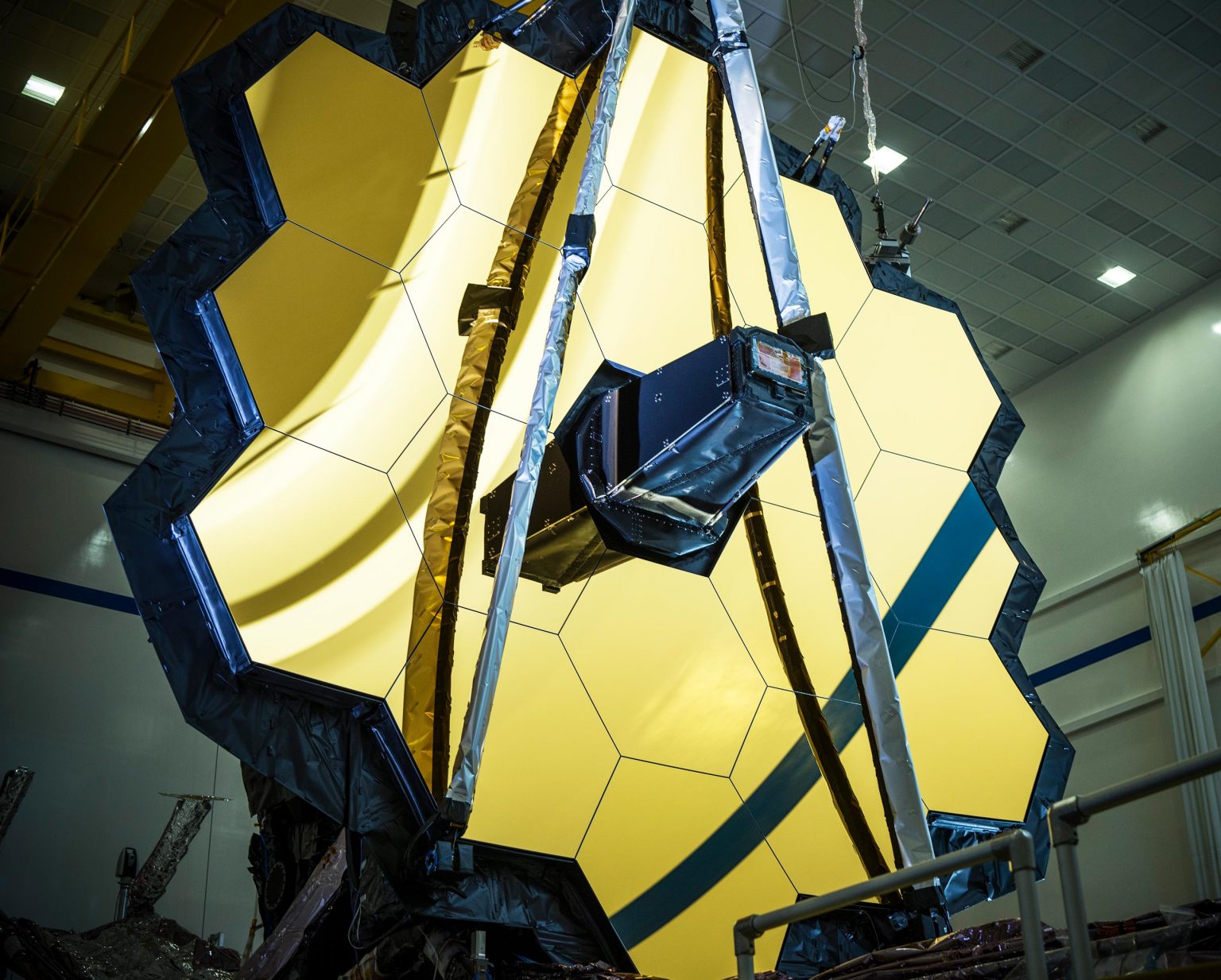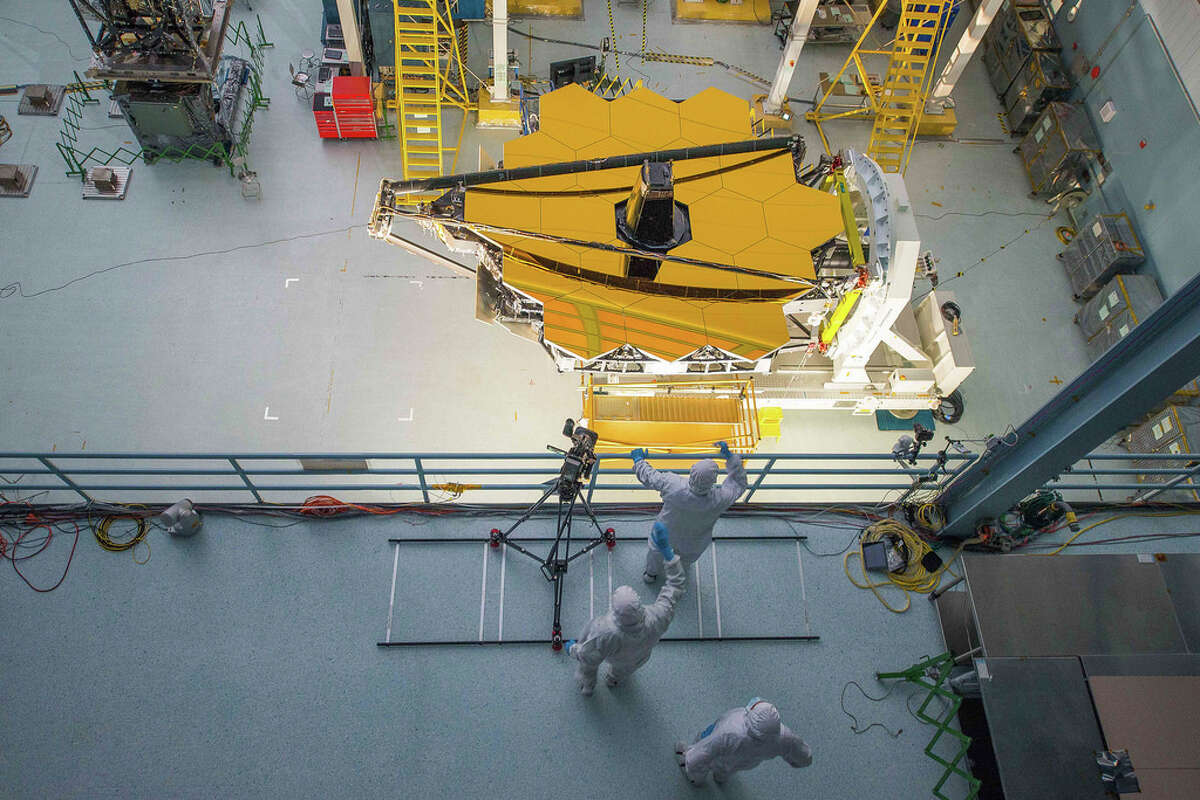

In the days since NASA publicly shared stunning images captured. “Working on this mission has been one of the biggest highlights and most rewarding parts of my career,” says Macarena Garcia Marin, MIRI ESA Instrument Scientist. This image released by NASA on July 12 was captured by the James Webb Space Telescope. Daniel Wang (UMass) Black holes, predicted by Albert Einstein as part of. This quartet of cosmic scenes follows on the heels of the very first image. Once upon a space-time, a cosmic creation story unfolded: Thousands of never-before-seen young stars spotted in a stellar nursery called 30 Doradus, captured by NASA’s James Webb Space Telescope. The flares have complicated the Event Horizon Telescope (EHT) collaboration’s quest to capture an image of the area immediately surrounding the black hole, and Webb’s infrared data is expected to help greatly in producing a clean image. “As we now begin regular science operations, I know the European astronomical community cannot wait to see the results of the observing time they have won for Webb's first year.” These are some of the first images from the James Webb Space Telescope, released in a NASA news briefing on July 12. “This is the start of a new era viewing the Universe and making exciting scientific discoveries with Webb,” says Günther Hasinger, ESA’s Director of Science. A developing gallery of images featuring astronomical observations, spectra, and informative science graphics around the Webb telescope (JWST) mission. Today’s images and spectra reveal the capabilities of all four of Webb’s state-of-the-art scientific instruments and confirm that the observations ahead will revolutionise our understanding of the cosmos and our own origins. “I want to thank everyone involved with commissioning of this magnificent telescope and the delivery of these first incredible products from Webb for making this historic day a reality.” “These first images and spectra from Webb are a huge celebration of the international collaboration that made this ambitious mission possible,” says Josef Aschbacher, ESA Director General. This Webb image, known as Southern Ring Nebula, includes a planetary nebula that is about 2,500 light years away, according to NASA. I can’t wait to see the discoveries that we uncover – the team is just getting started!” Photos sent back by NASA’s James Webb Space Telescope, the most powerful and largest space observatory ever built, revealed nebulas, a galactic cluster and possible water vapor on an exoplanet. We take dreams and turn them into reality for the benefit of humanity. “The Webb team’s incredible success is a reflection of what NASA does best.


“These images, including the deepest infrared view of our Universe that has ever been taken, show us how Webb will help to uncover the answers to questions we don’t even yet know to ask questions that will help us better understand our universe and humanity’s place within it. "Today, we present humanity with a groundbreaking new view of the cosmos from the James Webb Space Telescope – a view the world has never seen before,” said NASA Administrator Bill Nelson.


 0 kommentar(er)
0 kommentar(er)
